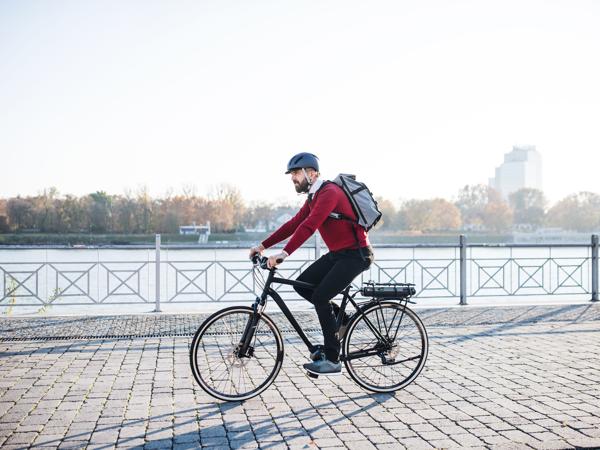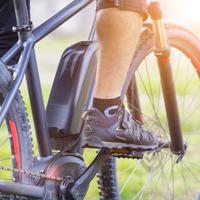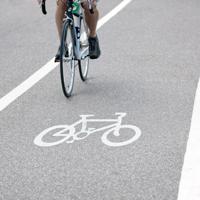Choosing a commuter bike can be a rewarding yet daunting task. The bicycle you choose will become a key part of your daily routine, so it is important to consider your options carefully. Whether you’re biking through city streets or exploring suburban trails, a commuter bike should fit your lifestyle and daily needs.
Consider Your Commute
The first step is to understand your commute. Consider these questions:
- Distance: How far do you need to travel?
- Terrain: Are you riding on flat, hilly, or uneven roads?
- Weather: Will you commute in all weather conditions or just when it’s nice out?
- Storage: Do you have a secure place to store your bike?
Answering these questions will help shape your requirements. For example, if your journey involves rough terrain, you might need a bike with wider tires and robust suspension.
Types of Commuter Bikes
1. Hybrid Bikes
Hybrid bikes offer a balance between road bikes and mountain bikes. They are versatile and generally comfortable for both short and long rides. If your commute involves mixed terrain, a hybrid bike might be appropriate.
2. Road Bikes
Known for their speed and efficiency, road bikes are ideal for smooth pavements. They have lightweight frames and narrow tires, making them suitable for longer commutes on well-maintained roads.
3. Folding Bikes
If storage is a concern or you need to combine cycling with other forms of transport, folding bikes are compact and portable. They are perfect for city dwellers who might have limited storage.
4. Electric Bikes
Electric bikes, or e-bikes, are equipped with a motor that can help reduce the effort needed, especially on slopes. This can be a good choice for those with long or hilly commutes, but they come at a higher price point.
5. Single-Speed Bikes
These are simple and often less expensive than multi-speed bikes. They’re great for flat, urban areas without many hills. Their minimal mechanical components mean less maintenance.
Key Features to Look For
Frame Material
- Aluminum: Lightweight and affordable, it’s a popular choice for commuter bikes.
- Carbon Fiber: More expensive but offers a lighter ride and absorbs road vibrations well.
- Steel: Known for durability and a smooth ride, though often heavier.
Tires
Wider tires offer more comfort and stability, which can be useful for rough terrain. Narrow tires are generally faster and more efficient on smooth surfaces.
Brakes
- Disc Brakes: Provide stronger stopping power, especially in wet conditions.
- Rim Brakes: Adequate for casual commuting, generally lighter and more affordable.
Gearing
Consider the landscape of your commute. More gears provide versatility, while fewer gears can make maintenance easier.
Accessories and Fit
Adding accessories like fenders, racks, lights, and locks can enhance your commuting experience. Fit is also crucial for comfort, so take the time to adjust the saddle height and handlebar positioning.
Test Ride
If possible, test ride your bike before purchasing. This allows you to feel how the bike handles and get comfortable with its weight and mechanics.
Conclusion
Selecting the right commuter bike involves understanding your specific needs and the environment you’ll be riding in. Take your time researching and test different models if you can. Talk to local bike shop experts who can provide valuable insights based on their experience. Remember, the aim is to find a bike that makes your commute enjoyable and fits seamlessly into your lifestyle.
Bike commuting is not just a way to get from point A to point B; it’s an opportunity to embrace a healthier and more environmentally-friendly way of traveling. Enjoy the ride!




